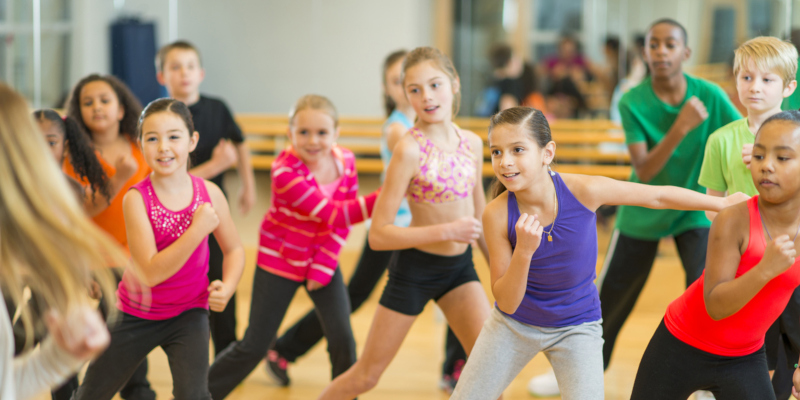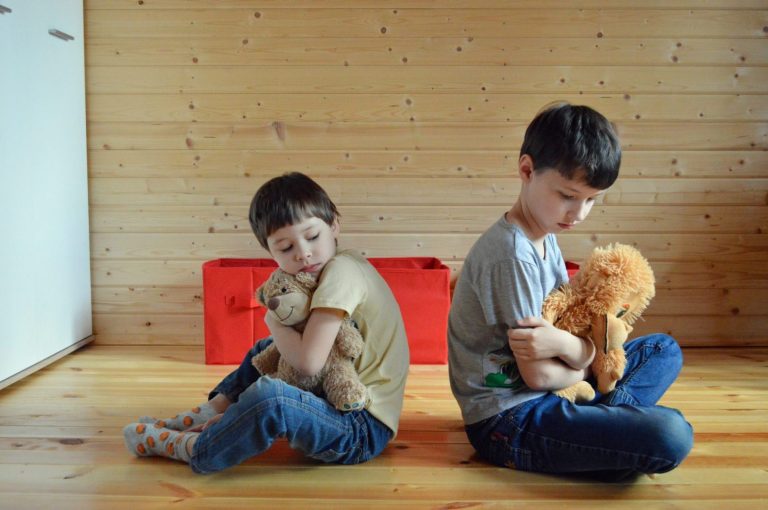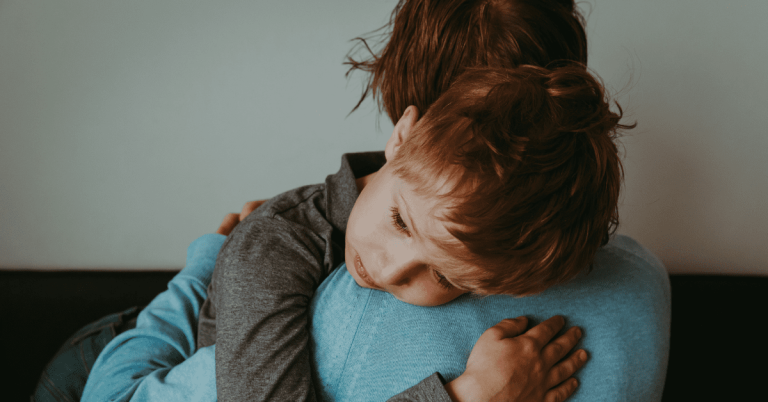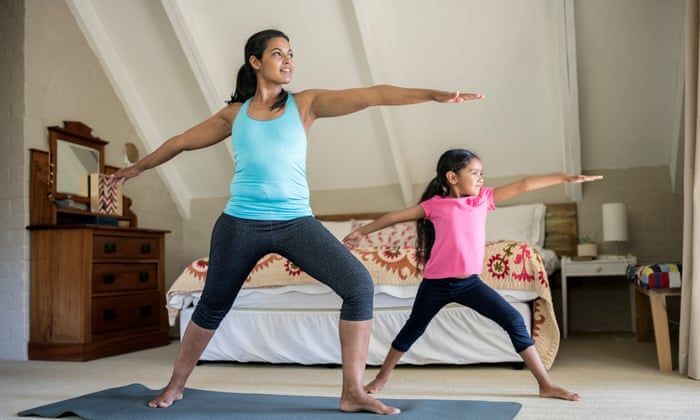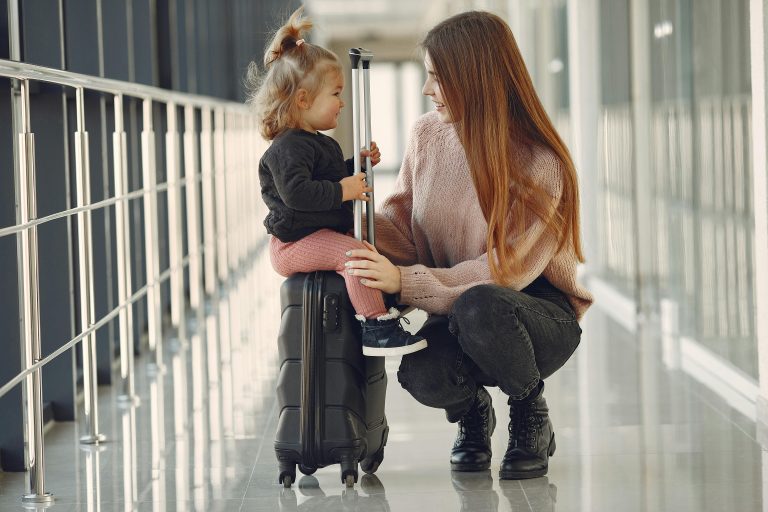How Dance Helps Kids Express Emotions Freely
Dance, a universal form of expression, transcends cultural and linguistic barriers. For children, it offers a unique medium to convey emotions that they might not yet have the words to describe. This physical and creative activity not only nurtures their emotional well-being but also fosters cognitive, social, and physical development. Here’s how dance helps kids express their emotions freely.
I) Emotional Expression Through Movement in Childhood Development
Children often struggle to express their feelings clearly, making dance an important emotional outlet. Dance enables children to explore emotions safely, expressing joy, sadness, excitement, and frustration through meaningful movement. Moreover, the physicality of dance allows children to release tension and pent-up energy constructively. Additionally, engaging in dance helps children embody emotions, turning abstract feelings into tangible, expressive actions. Importantly, non-verbal communication through dance particularly supports younger children who lack advanced verbal expression. Furthermore, practising dance nurtures emotional intelligence by helping children recognise and manage complex emotions. Ultimately, dance fosters self-awareness, enabling children to understand themselves more deeply while strengthening overall emotional wellbeing.
II) Building Confidence and Self-Esteem Through Dance
Therefore, participating in dance significantly boosts children’s self-confidence and self-esteem, encouraging personal growth and emotional wellbeing in meaningful ways. Additionally, mastering new movements and performing proudly before others instils achievement, strengthens self-belief, and inspires continued perseverance in challenges. Moreover, confidence nurtured through dance extends far beyond the studio, positively influencing academic success, social interactions, and daily resilience. Furthermore, children who feel proud of themselves are more likely to share emotions openly, fostering healthier relationships overall. Ultimately, engaging in dance empowers children to embrace self-worth, strengthen identity, and express emotions confidently within supportive environments.
III) Resilience and Dance in Building Social Interaction and Emotional Support
Dance classes create supportive spaces where children build strong friendships and develop lasting emotional connections with peers. Additionally, these shared experiences foster a sense of belonging, which strengthens children’s confidence and overall emotional wellbeing. Moreover, group dance activities encourage collaboration and teamwork, allowing children to communicate effectively and develop vital interpersonal skills. Furthermore, partner work and ensemble performances provide children with opportunities to practise cooperation and empathy in meaningful contexts. Importantly, the supportive community within dance classes allows children to feel valued and emotionally secure consistently. Equally, learning to navigate social dynamics during dance enhances children’s resilience and adaptability in various environments. Ultimately, experiencing emotional support through dance empowers children to understand and value cooperation, trust, and positive relationships.
IV) Stress Relief and Emotional Regulation Through Movement
Dance effectively reduces stress by helping children manage anxiety and emotional challenges in healthy ways. Additionally, physical activity during dance releases endorphins, which elevate mood and naturally lower stress levels significantly. Moreover, dance teaches valuable emotional regulation techniques, enabling children to practise better control in daily experiences. Furthermore, mastering movement within dance supports improved emotional resilience and encourages balance throughout different life situations. Importantly, research highlights dance therapy’s ability to significantly reduce symptoms of anxiety and depression.
V) Resilience and Dance in Encouraging Creativity and Imagination
According to research, dance encourages children to use imagination creatively, exploring emotions uniquely while strengthening resilience and personal expression. Furthermore, choreographing movements or interpreting music through dance allows children to communicate inner feelings actively and authentically. Moreover, imaginative exploration through dance plays an essential role in developing emotional growth and processing personal life experiences. Ultimately, practising dance regularly empowers children to build resilience, express creativity, and manage emotions effectively for healthy development.
Final Thoughts on Dance and Resilience
Long story short, dance provides children with unique opportunities to express emotions freely while strengthening resilience, confidence, and overall psychological wellbeing. Furthermore, engaging in regular dance activities actively builds emotional intelligence, reduces stress, and fosters creativity through joyful movement and expression. Moreover, participating in dance encourages meaningful social connections among children, helping them develop strong bonds and supportive peer relationships. Ultimately, incorporating dance into children’s lives nurtures balanced development, empowering them to manage emotions and thrive holistically.
Written by Mandy Brincat
If you think that you can benefit from professional support on this issue you can reach out here.
Mandy Brincat is a Gestalt psychotherapist who enjoys working therapeutically with adults on various issues. These include general mental health and wellbeing. She also has experience working with anxiety, victims of domestic violence and eating disorders.
References
- Malchiodi, C. A. (2015). Creative Interventions with Traumatized Children. Guilford Press.
- Karkou, V., & Meekums, B. (2017). Dance Movement Therapy for Children and Young People with Medical Conditions. Cochrane Database of Systematic Reviews.

